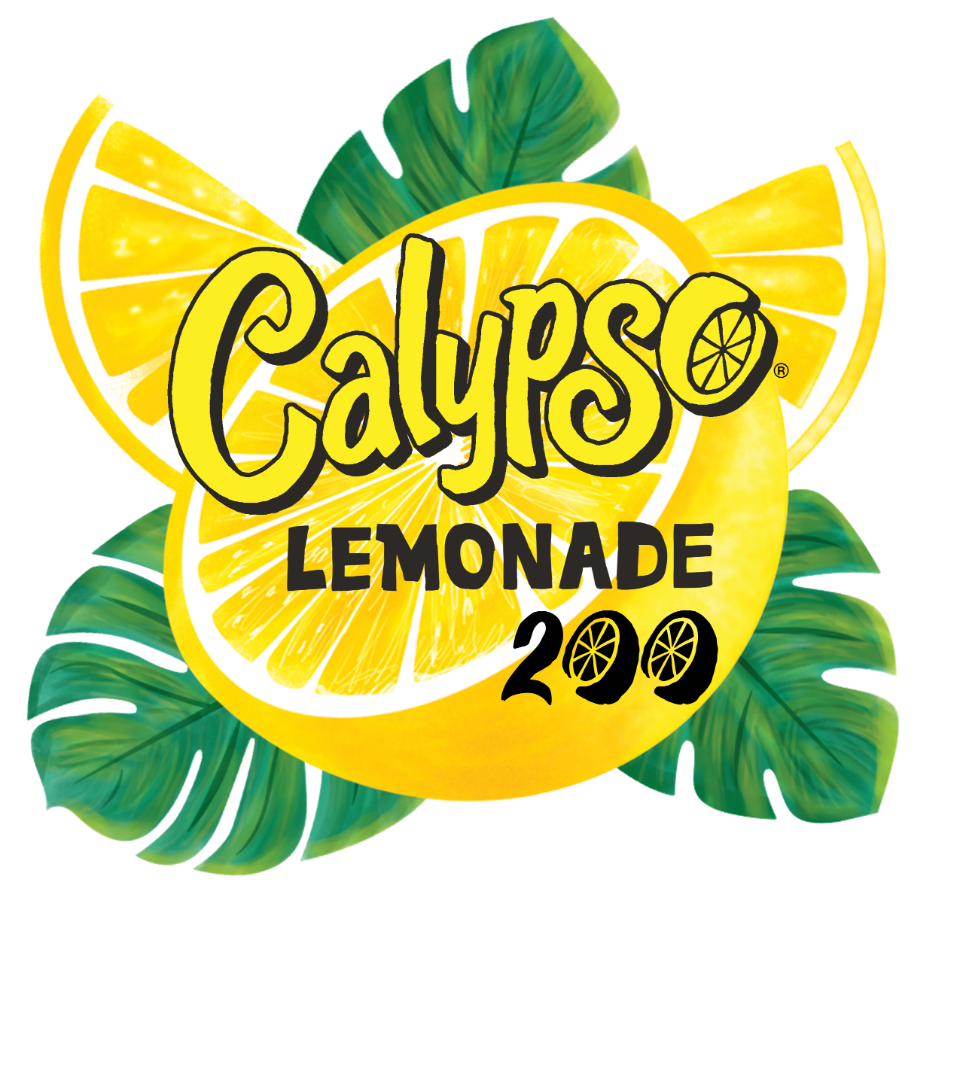IMSA announced the remainder of their 2020 schedule on Thursday afternoon. There were some major shakeups. Most races are now two hours and 40 minutes, aside from the traditional Six Hours of The Glen, 10 Hours of Road Atlanta, and the season finale 12 hours of Sebring in November.
With IMSA scaling back to a two hour and 40 minute sprint race for seven races, the format creates some challenges to the teams and drivers that could prove difficult. As in most races in the longer events, drivers could take it easy for the first few hours and then push hard as time starts winding down. With the schedule change you will most likely see drivers on their game throughout the entire event. One slip up, could easily cost their chances of winning.
Robby Foley, a co-driver of the Turner Motorsport BMW, believes there will be a different mentality as they approach the new schedule.
“Yeah, there’s definitely a different mentality,” Foley said. “For me, you think about time and strategy. There’s been some changes from IMSA that will maybe limit the strategy options we have going forward. If you look at it (racing 2 hours and 40 minutes), we have less time to get it done. If you’re running sixth and want to make it to the podium, you’ve got to move a little bit quicker. There’s less pit stops to contend with to help you out in terms of strategy.”
“We kind of talked about this a little bit, but Bill (Auberlen, Foley’s teammate) and I are going to maximize points first. And then keep that in the back of ours heads maybe (condensed schedule). Not be less aggressive than we have in the past, but think about the bigger picture from the start of the first session at Daytona. It’s a very condensed schedule. We’re used to long endurance races at the beginning. So, now we’re going to jump into a sprint race, as they are packed together and some endurance races at the end.”
“For us from a drivers stand point, we’re still going to push for the best result, but truly based on the fact that races are shorter, we’re going to have less time to articulate the race. That’s the main difference for me.”
Bill Auberlen, shares the same thought as his teammate Robby Foley does.
“When we’re at the 24 hours of Daytona race, you have it in your mind, you’re going to cruise around for 20 hours and keep it on the lead lap to keep the car in really good piece, and then you have to strategize the last four hours to climb your way to the front,” Auberlen said.
“When you do two hours and 40 minutes all year long, it’s a totally different mentality. Qualifying is way more important. You have to start toward the front, you have to stay toward the front, and strategies have to be clear, crisp and on target to keep you there. If you’re not there to put yourself there, you have two hours and 40 minutes to do it, and it’s critical. We’ve been doing it all year long and it’s been fairly successful.”
“We have a guy named Don Salama (Race Strategy for Turner Motorsport), who is one of the best strategizers in the field. We feel comfortable, he’ll make the right move. We’re always in contact with him during the race. I’ve kind of done this long enough to know where the guy ahead of me is, the guy behind me, when they pitted. I make a mental note and maybe undercut them (drivers) on the pit stops. There maybe a lot of stuff going on, but it’s fun. It’s aggressive.”







